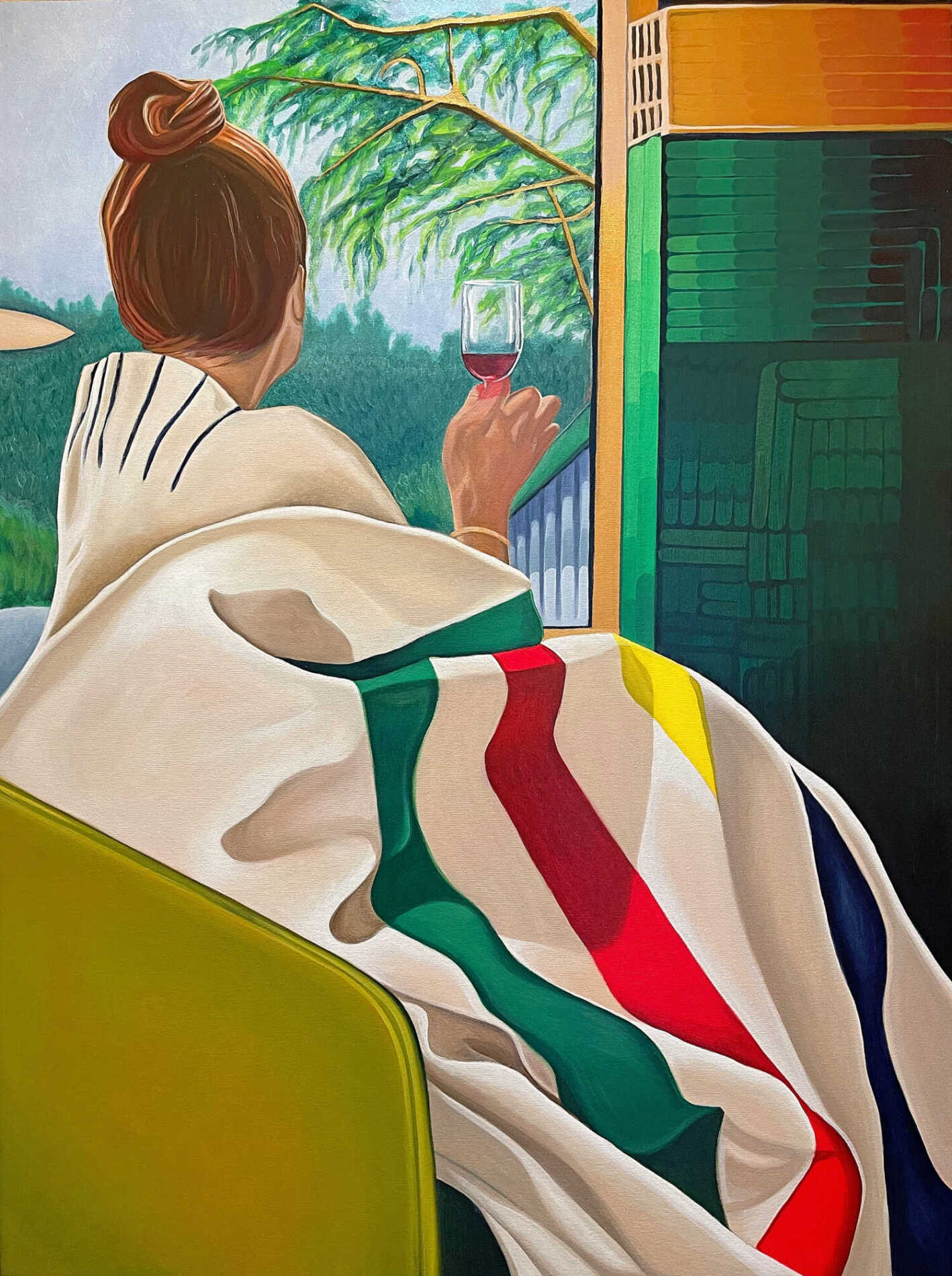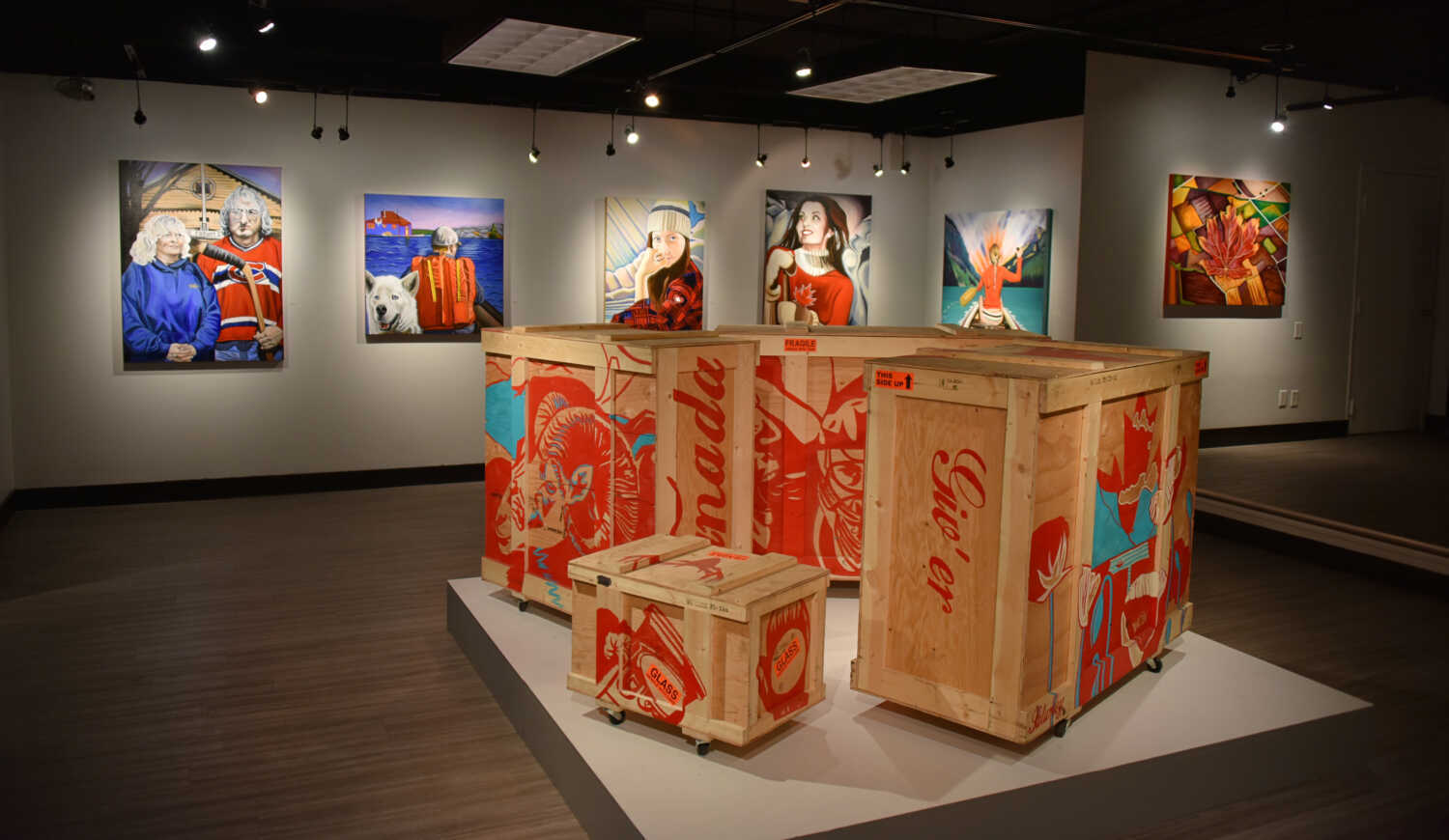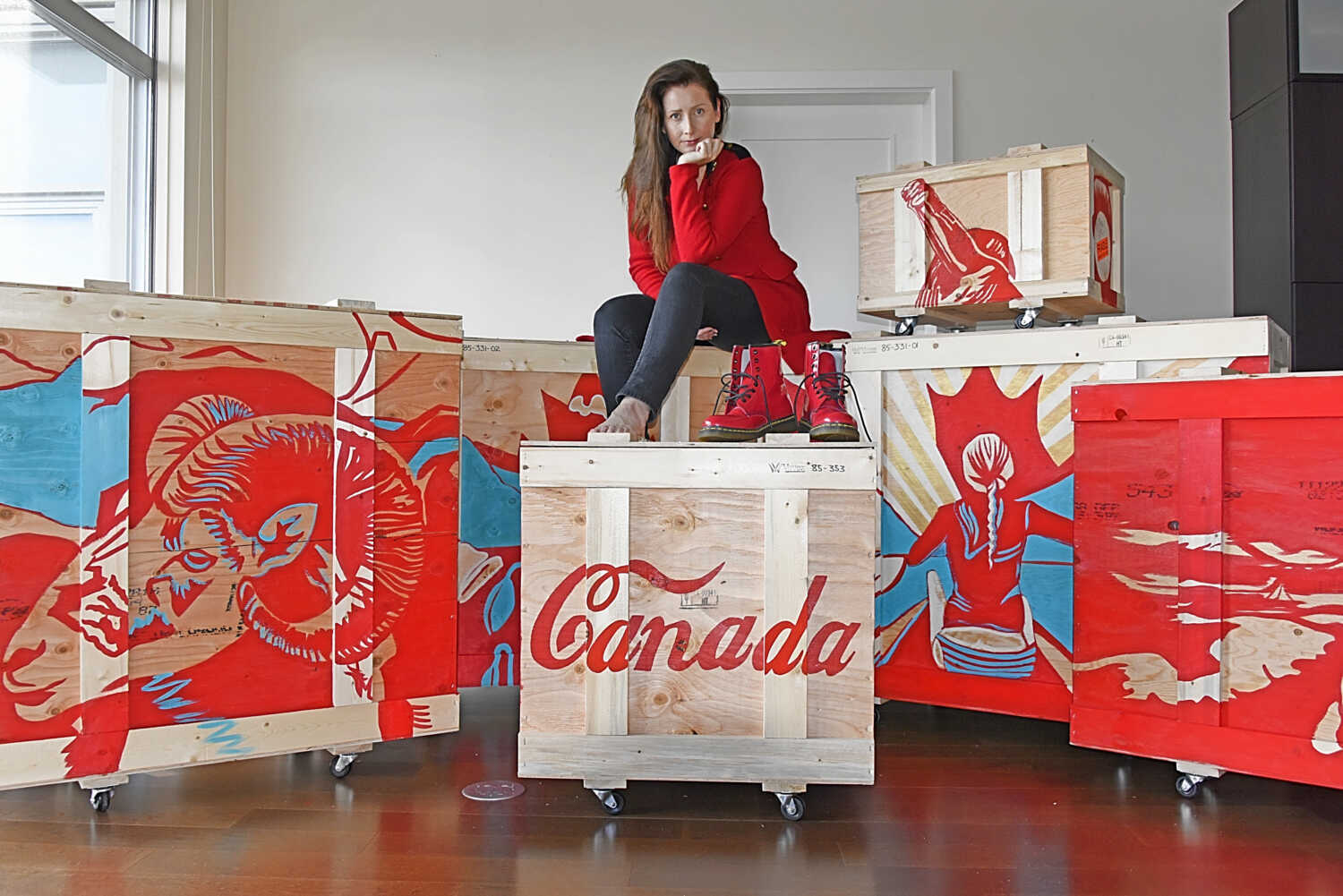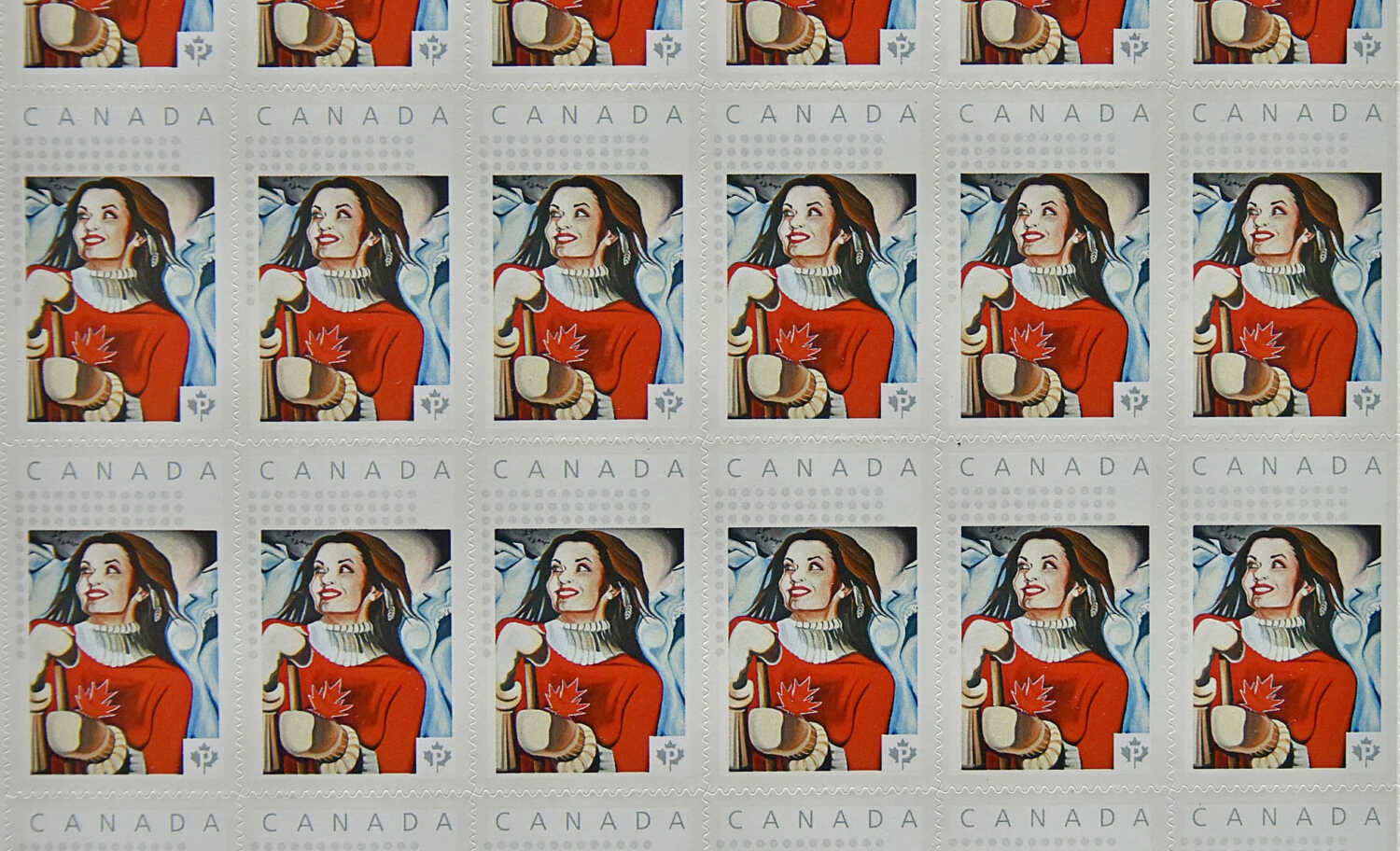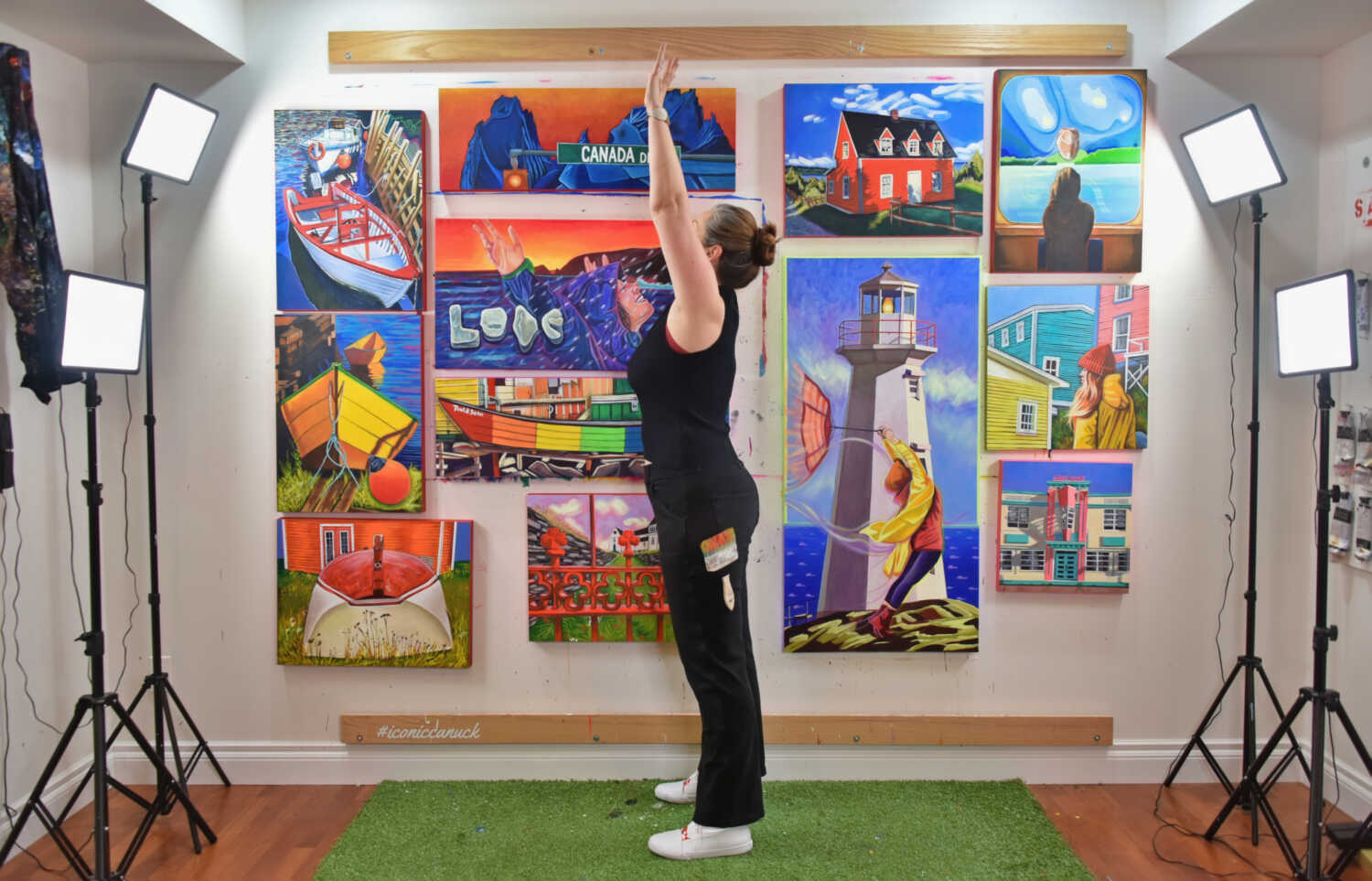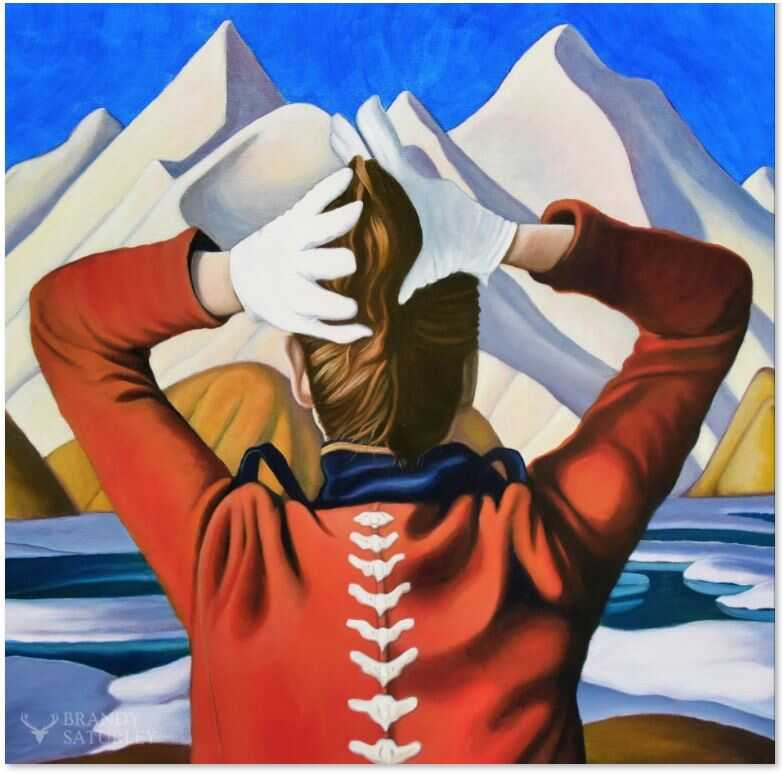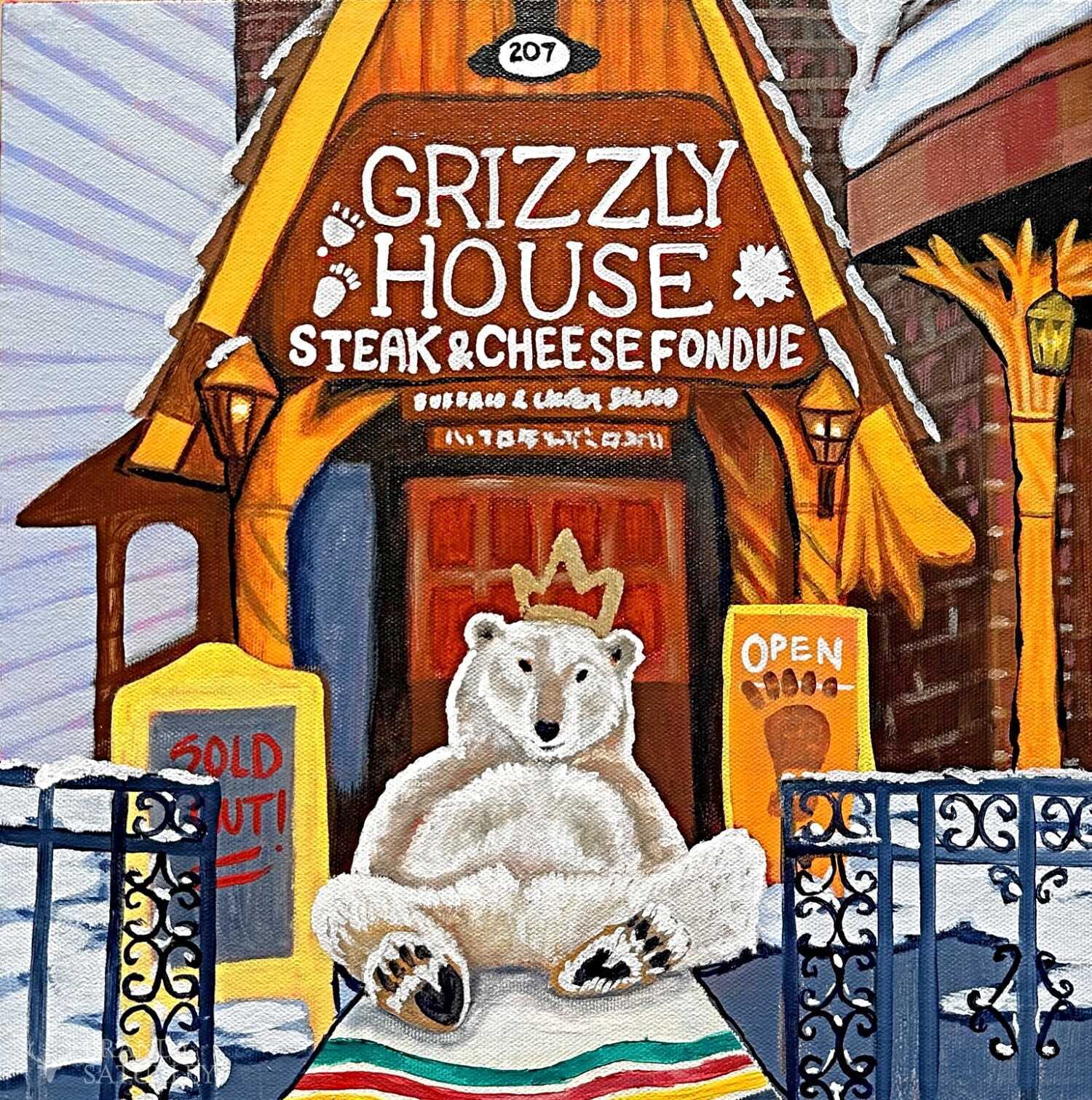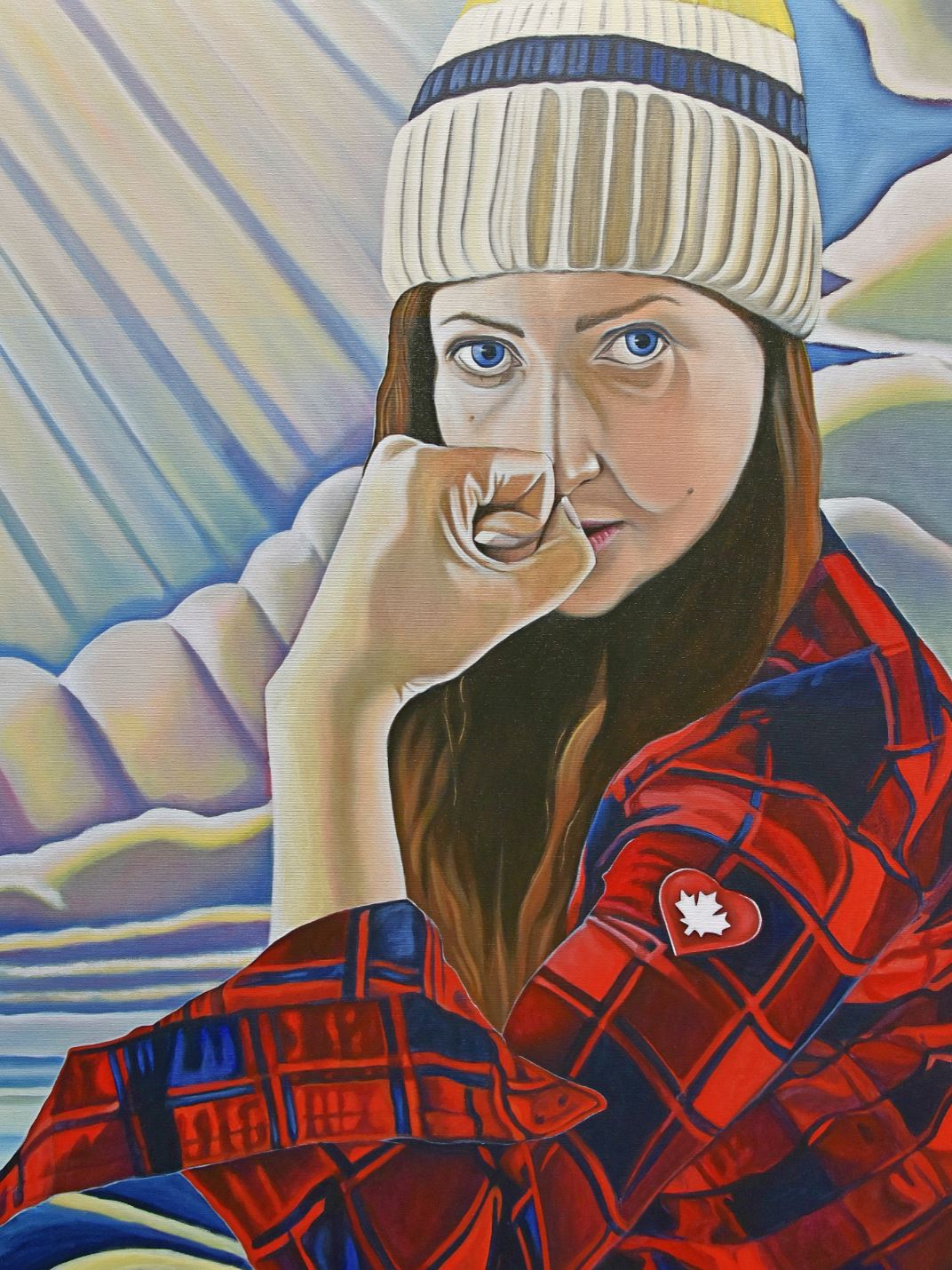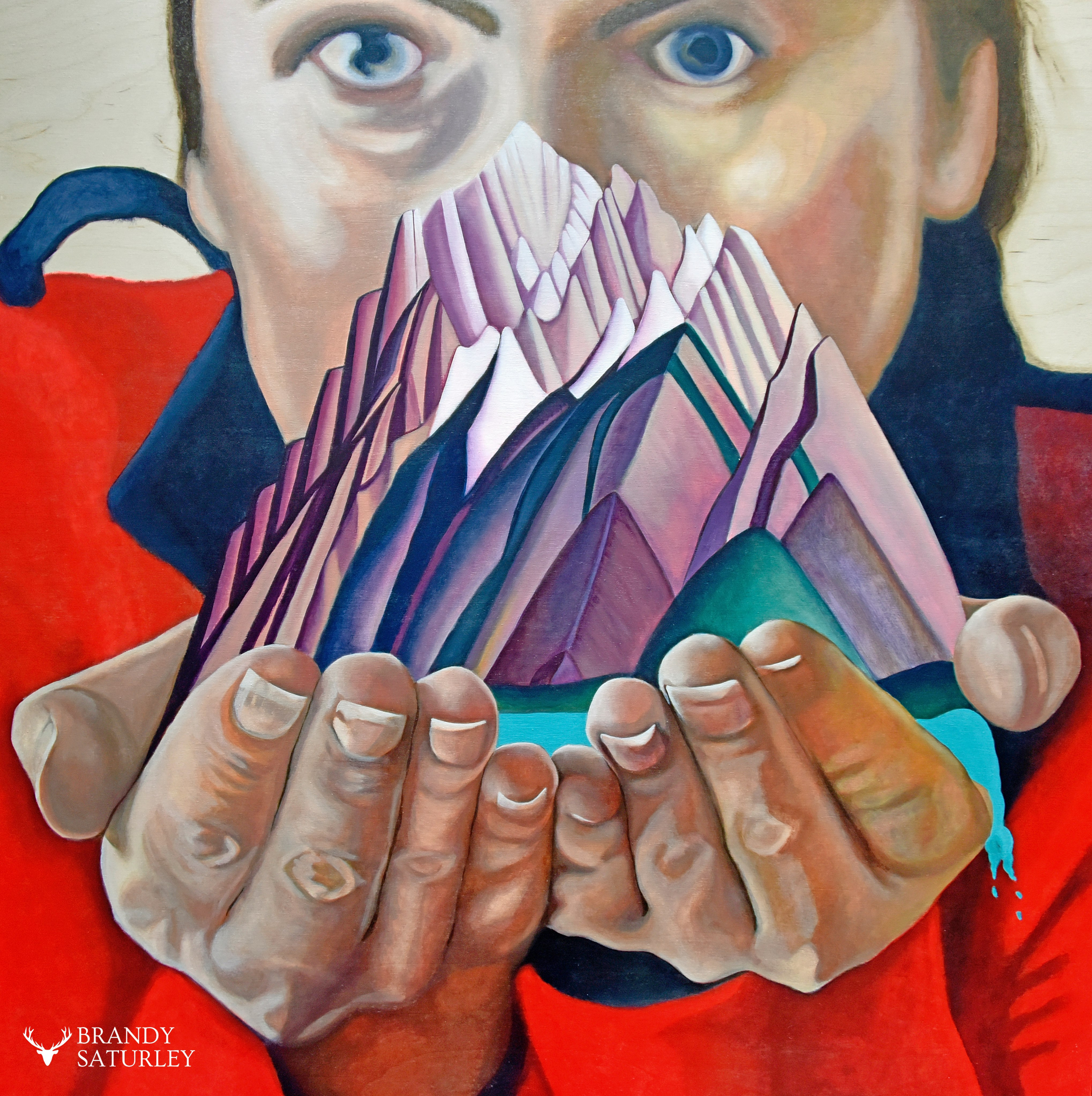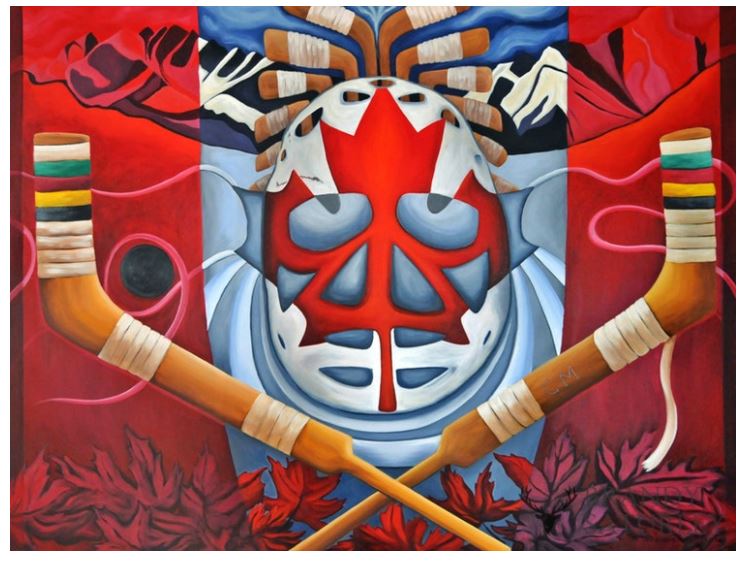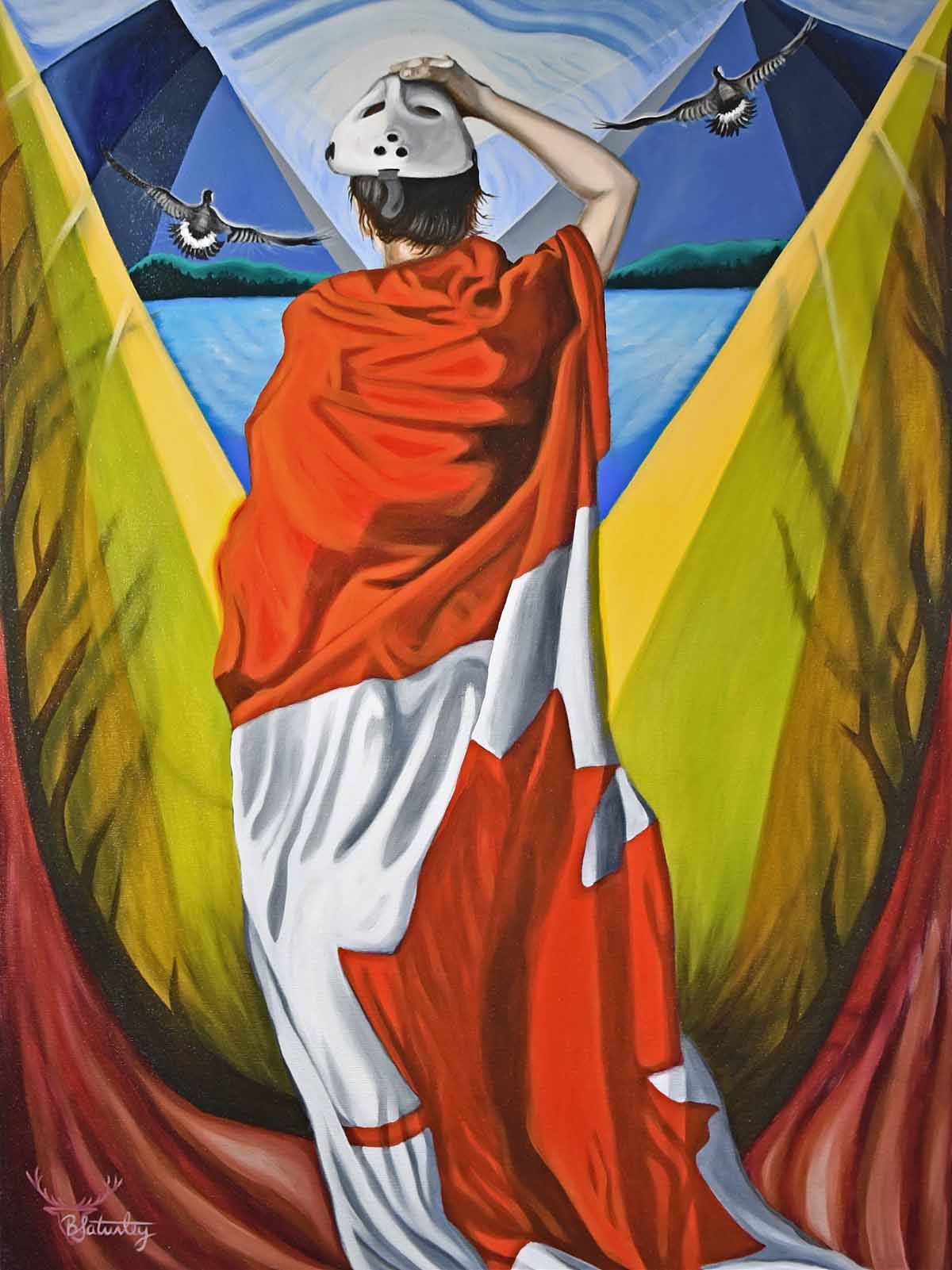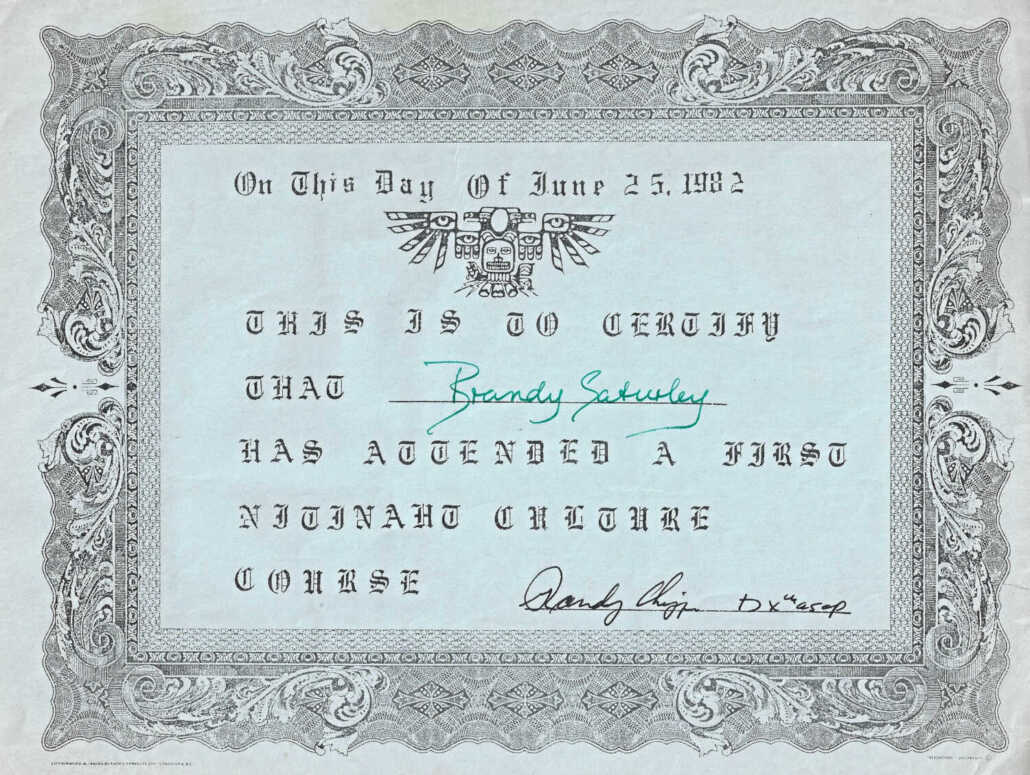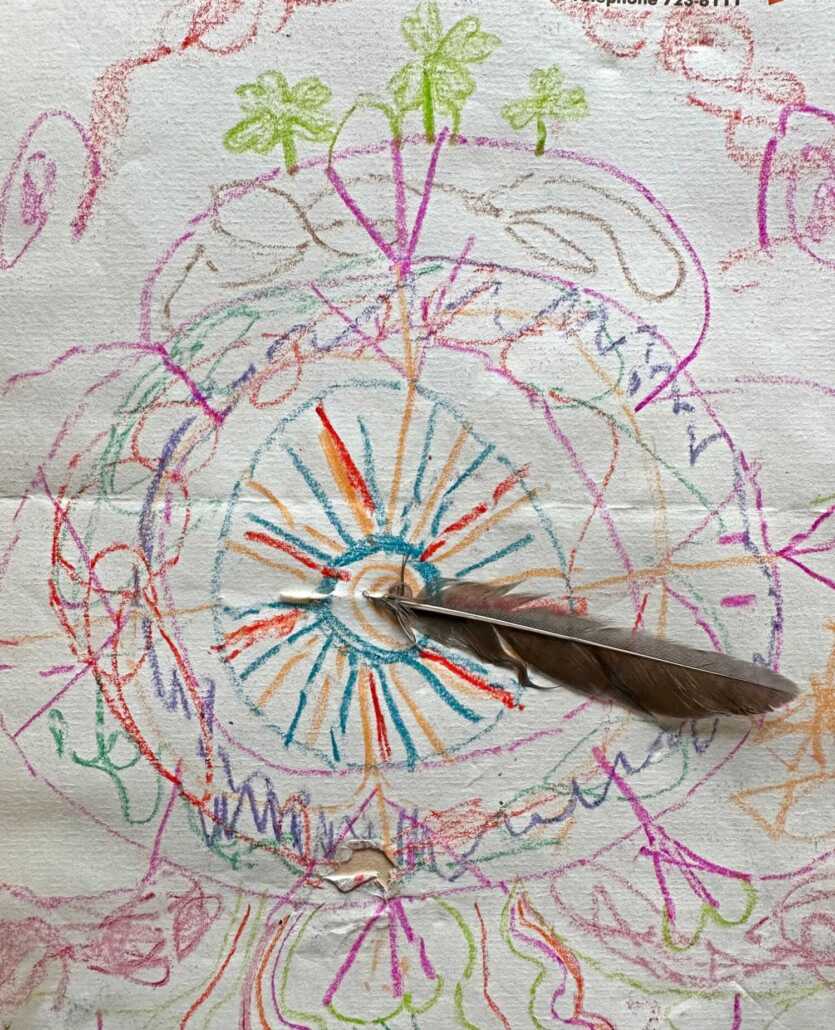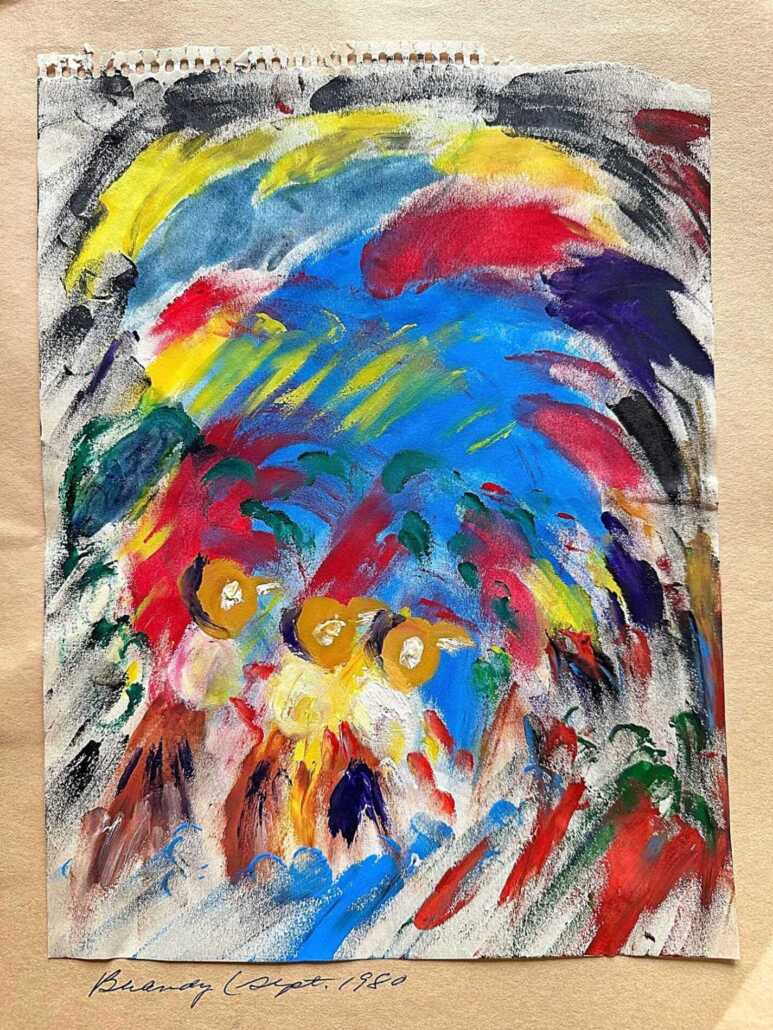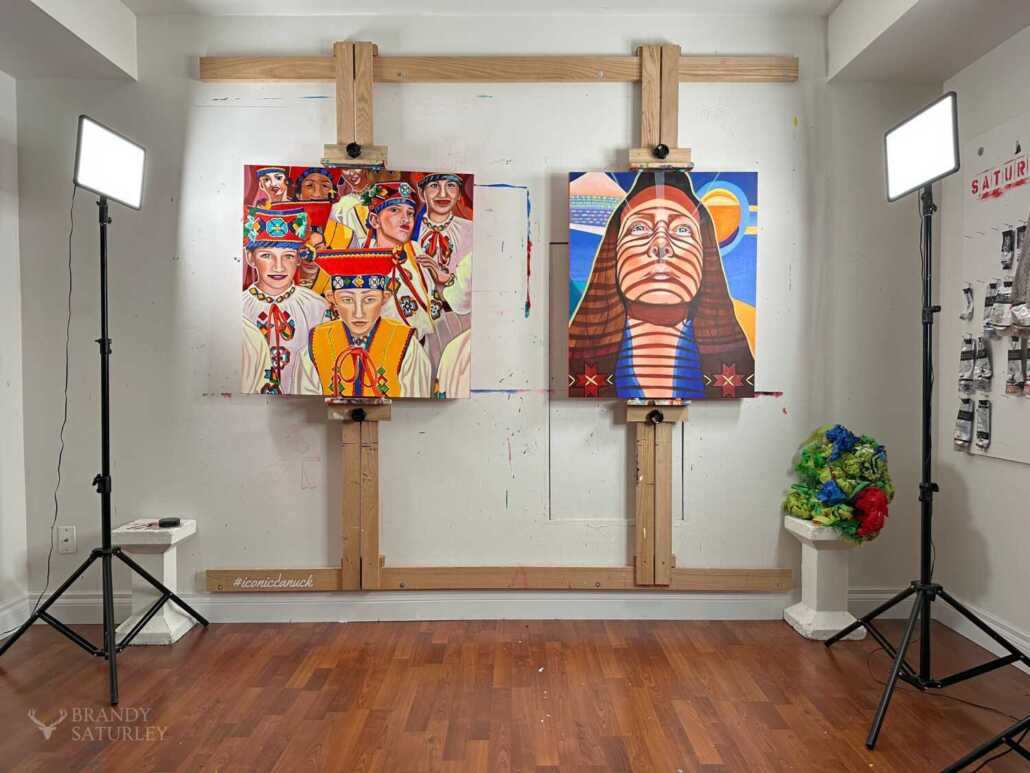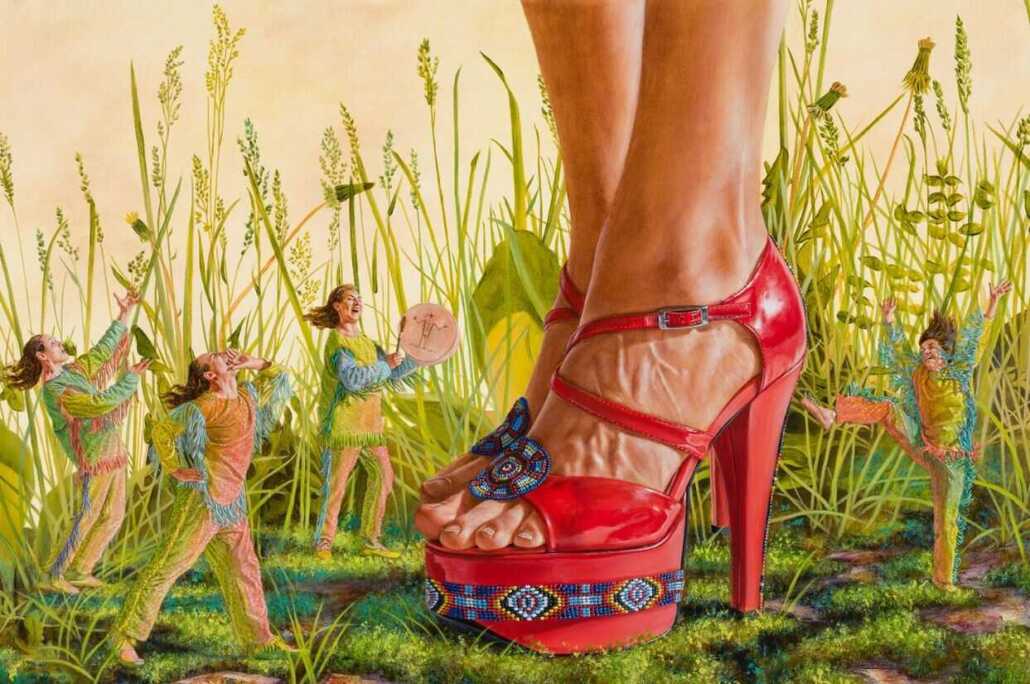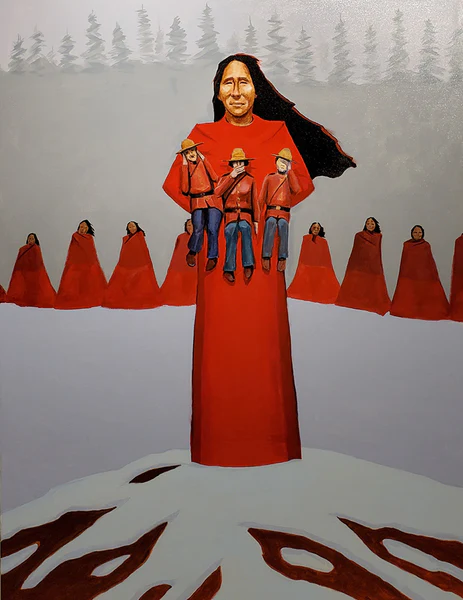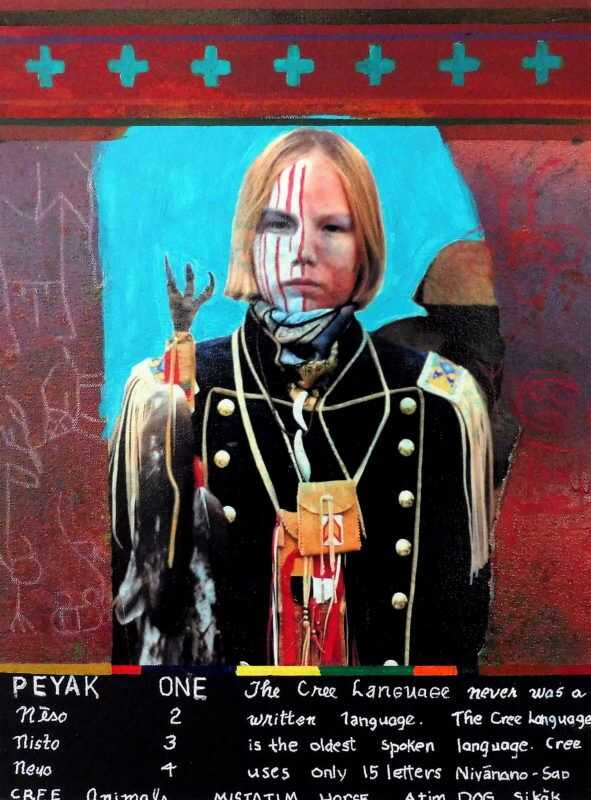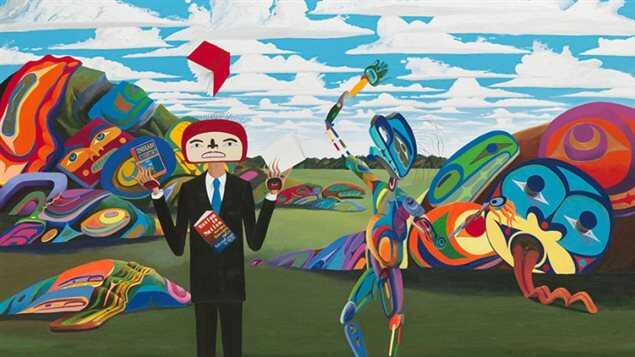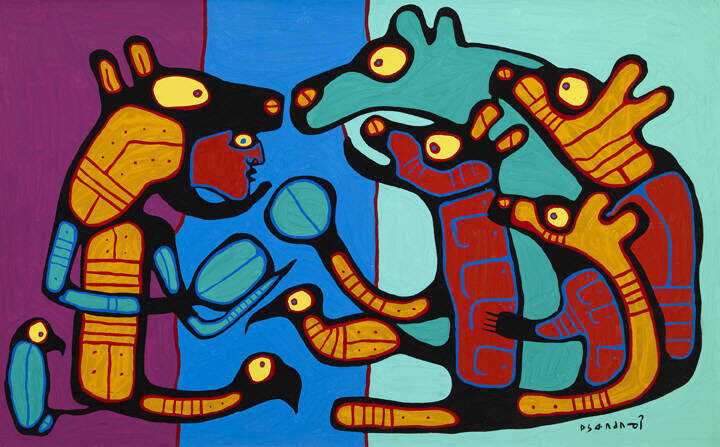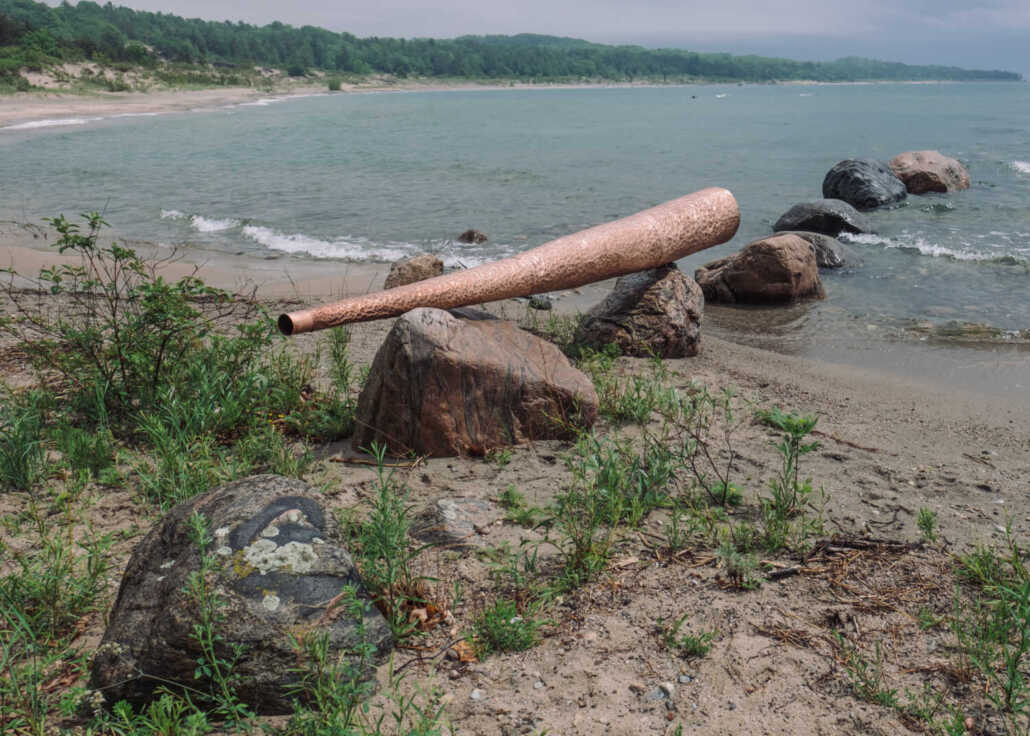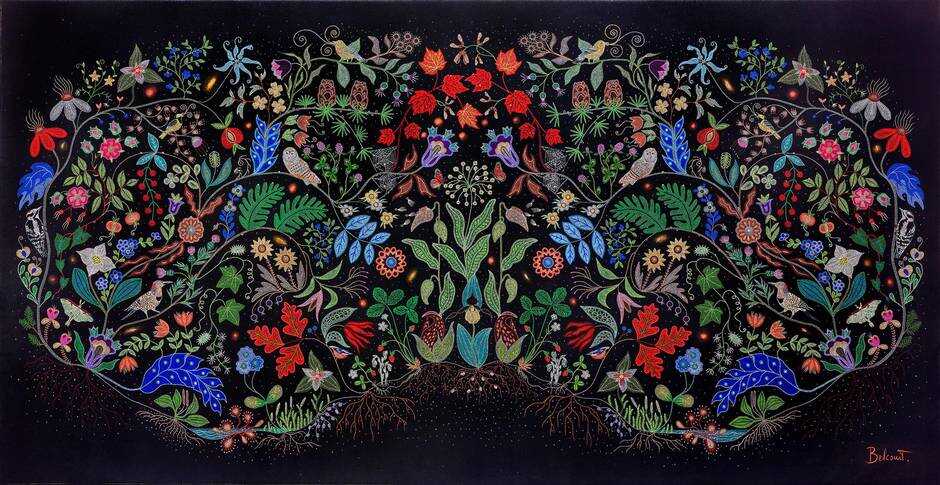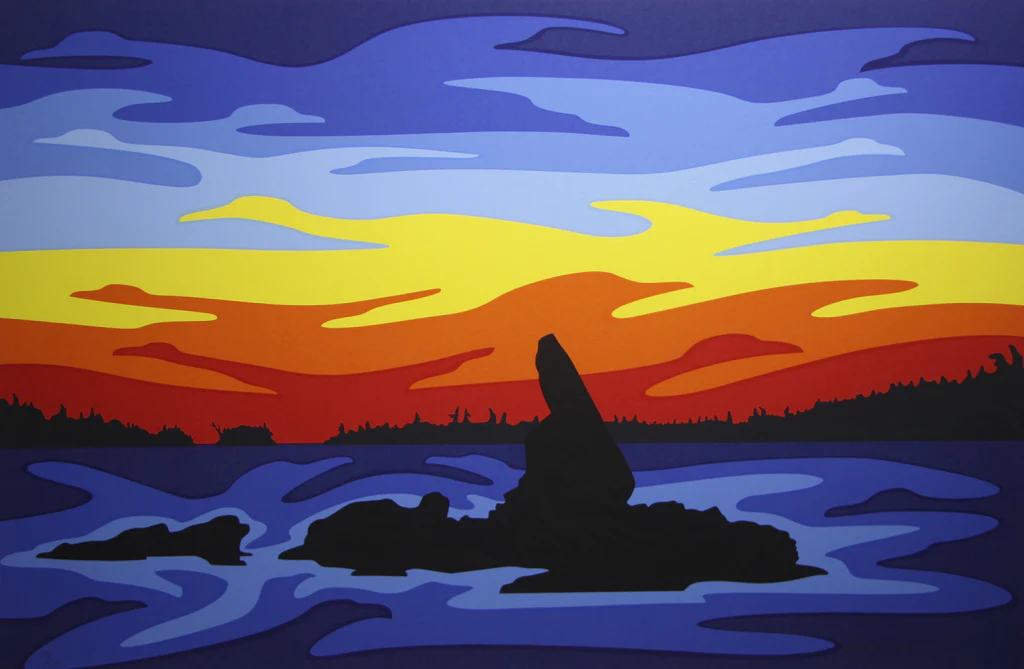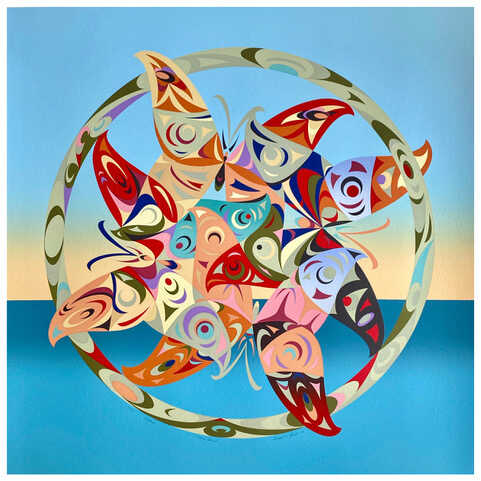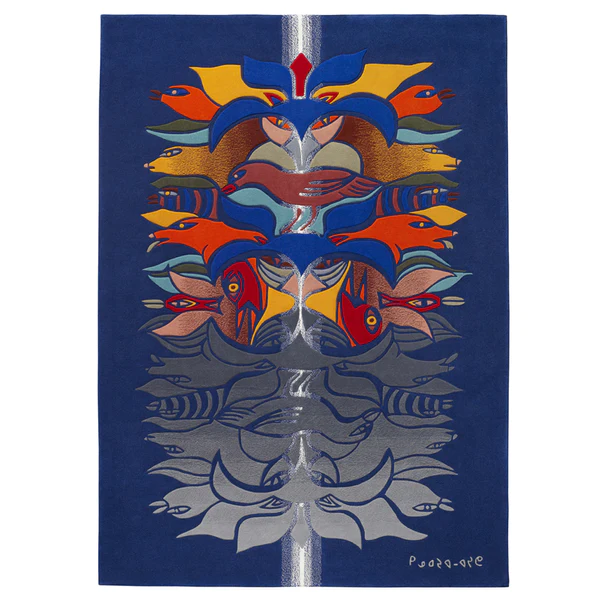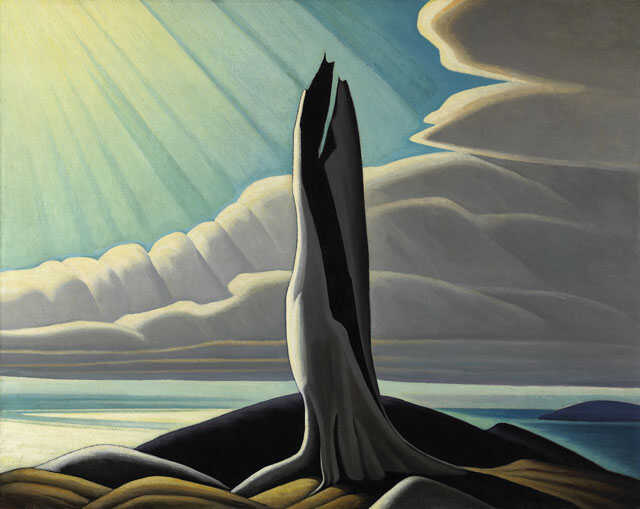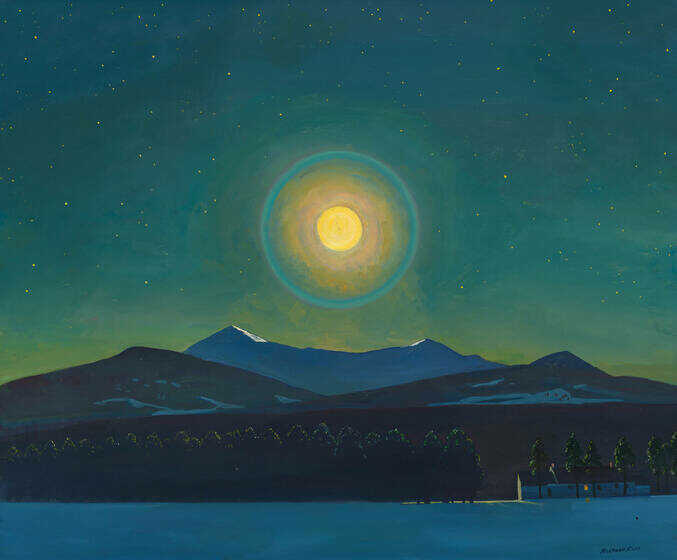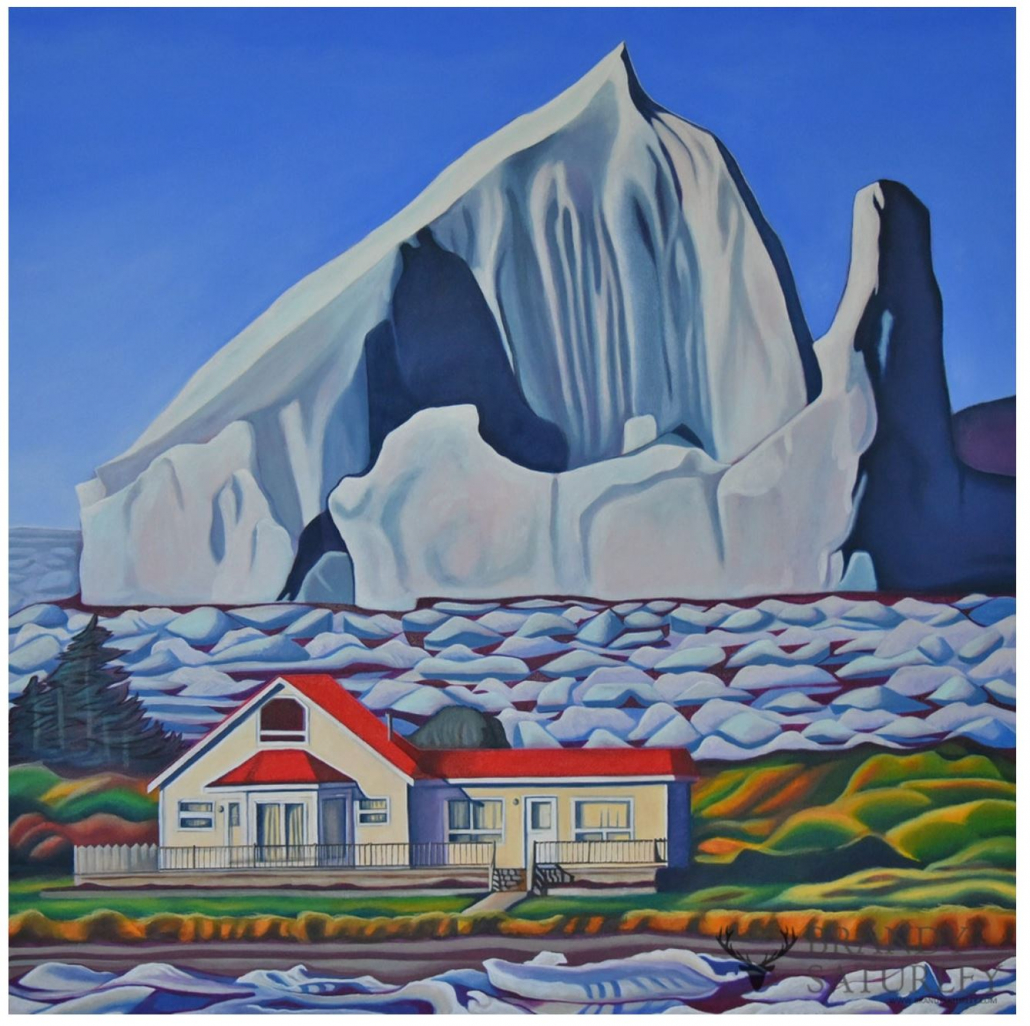Five Favourites; Iconic Canadian Brands
With the looming trade war between Canada and the USA, my fellow Canadians and I find ourselves looking inward, reflecting on the iconic brands that define our national identity. While many brands are uniquely Canadian, a select few have become synonymous with Canada, earning admiration both at home and around the world. Spanning food, alcohol, and clothing, these brands are cherished for their quality, originality, and distinctly Canadian spirit. These are five favourite iconic Canadian brands.
Hudson’s Bay Point Blankets: A Hudson’s Bay point blanket is a type of wool blanket traded by the Hudson’s Bay Company (HBC) in British North America, now Canada and the United States, from 1779 to present. The blankets were typically traded to First Nations in exchange for beaver pelts as an important part of the North American fur trade. The blankets continue to be sold by Canada’s Hudson’s Bay department stores and have come to hold iconic status in the country.
Canada Goose Parka: In 1957, Polish-Jewish immigrant Sam Tick founded Metro Sportswear, the company that would later become Canada Goose. The company’s first products were wool vests, raincoats, and snowsuits. Tick’s son-in-law David Reiss joined Metro Sportswear in 1972 and introduced a down-filling machine that allowed the company to more efficiently produce winter jackets. By the late 1970s, the company was supplying parkas to police, corrections officers, park rangers, and other public sector workers under the Snow Goose brand name. It also sold designs to larger apparel manufacturers such as L.L. Bean and Eddie Bauer. Their fur-trimmed parkas with Canada Goose Arctic Program trademark became a sought after piece of clothing worldwide giving rise to their luxury brand status and birthing many knock-off brands.
Lululemon Yoga Apparel: Lululemon Athletica Inc. was founded in 1998 as a retailer of yoga pants and other yoga wear, and has expanded to also sell athletic wear, lifestyle apparel, and accessories. Some of the company’s best known product lines include the High Rise Align Fit Mini flare leggings, Dance Studio pants, Hottie Hot shorts, Scuba hoodies, and the Define sports jacket. Lululemon has trademarked several proprietary fabrics, including Luon, Luxtreme, Nulu, Nulux, Everlux, and more. Lululemon Athletica became a Nasdaq-100 company on December 24, 2018.
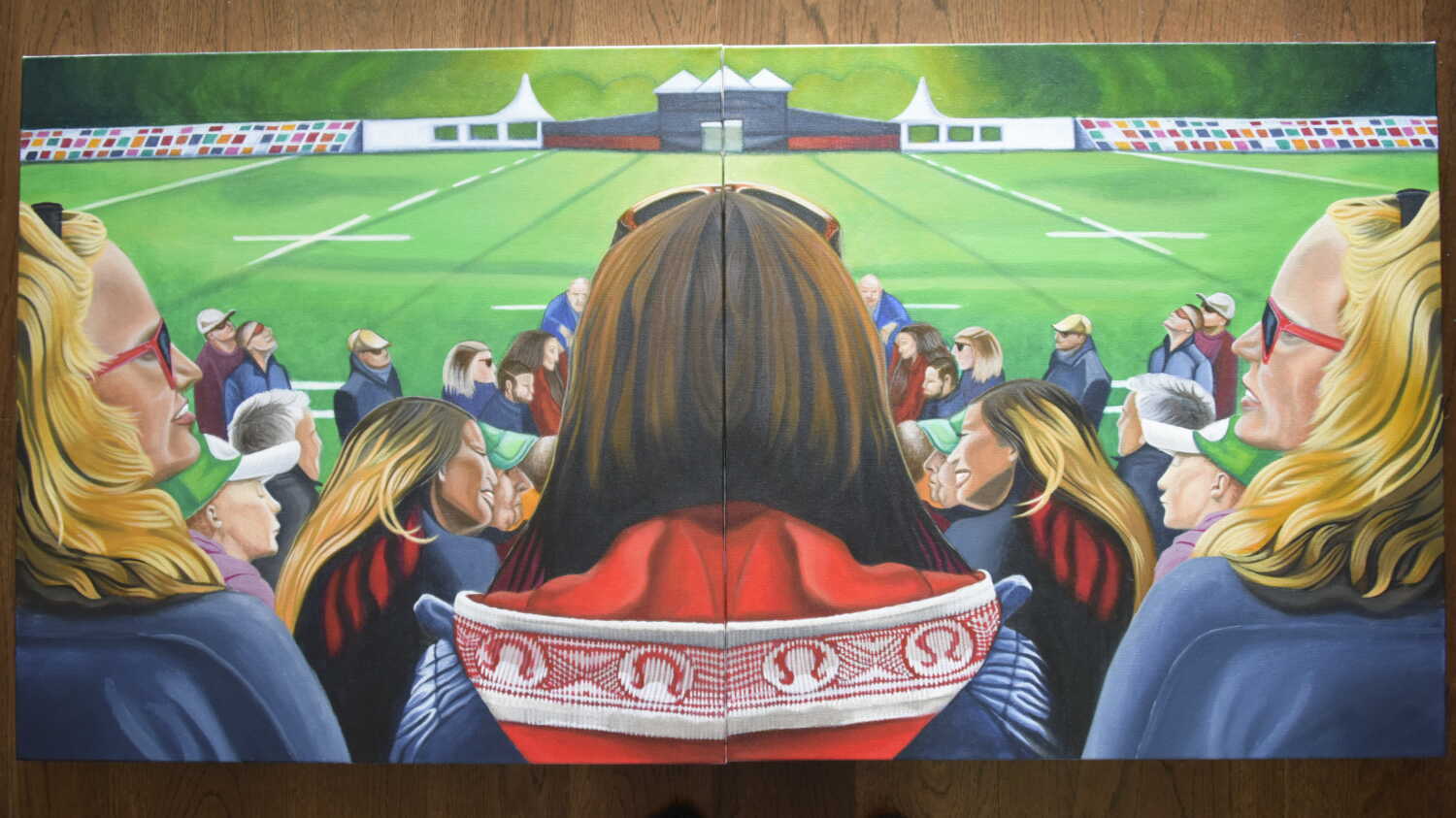
LuLu View, acrylic on canvas, 24×24 by 2, 2016, Brandy Saturley
Crown Royal Whiskey: Crown Royal, originally known as Seagram’s Crown Royal, is a blended Canadian whisky brand created by Seagram and owned by Diageo since 2000. Production of Crown Royal is done at Gimli, Manitoba, while the blending and bottling of the whisky are done in a facility in Amherstburg, Ontario. The whisky was introduced in 1939 by Samuel Bronfman for the 1939 royal tour of Canada by King Geroge VI and his wife, Queen Elizabeth. The whisky was sold exclusively in Canada until the 1960s, when it was first introduced to international markets. It is the top-selling brand of Canadian whisky in the United States. Crown Royal comes in a now iconic purple felt-like bag with a gold tasseled drawstring. As children of parents who were fans of this whiskey we came to use the purple bag as a place to keep our marbles.
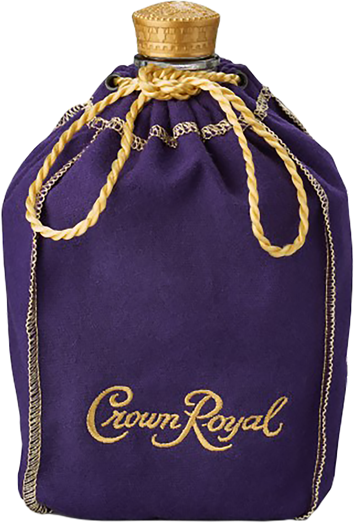
Crown Royal in it’s iconic purple bag with gold details.
Hawkins Cheezies: Cheezies are a brand of cheese puff snack food made and sold in Canada by W. T. Hawkins Ltd. The snack is made from extruded cornmeal covered in powdered cheddar cheese, and sold in distinctive red-and-white bags. The snack was invented after the Second World War by James Marker of Dayton, Ohio, and W. T. Hawkins. The pair were living in Chicago when they discovered a method, by trial and error, of extruding cornmeal, casting it into fingerling shapes, then deep frying it in vegetable shortening and sprinkling it with cheddar cheese. For many Canadians the only puffed cheese snack is Hawkins Cheezies, while there have been many US brands making cheesies, Hawkins come with a distinct hard crunch, aged cheddar flavour and each one a unique shape and size that you may often see for sale on EBay as perhaps resembling Jesus or many other things. Cheezies are like clouds and no 2 are alike.
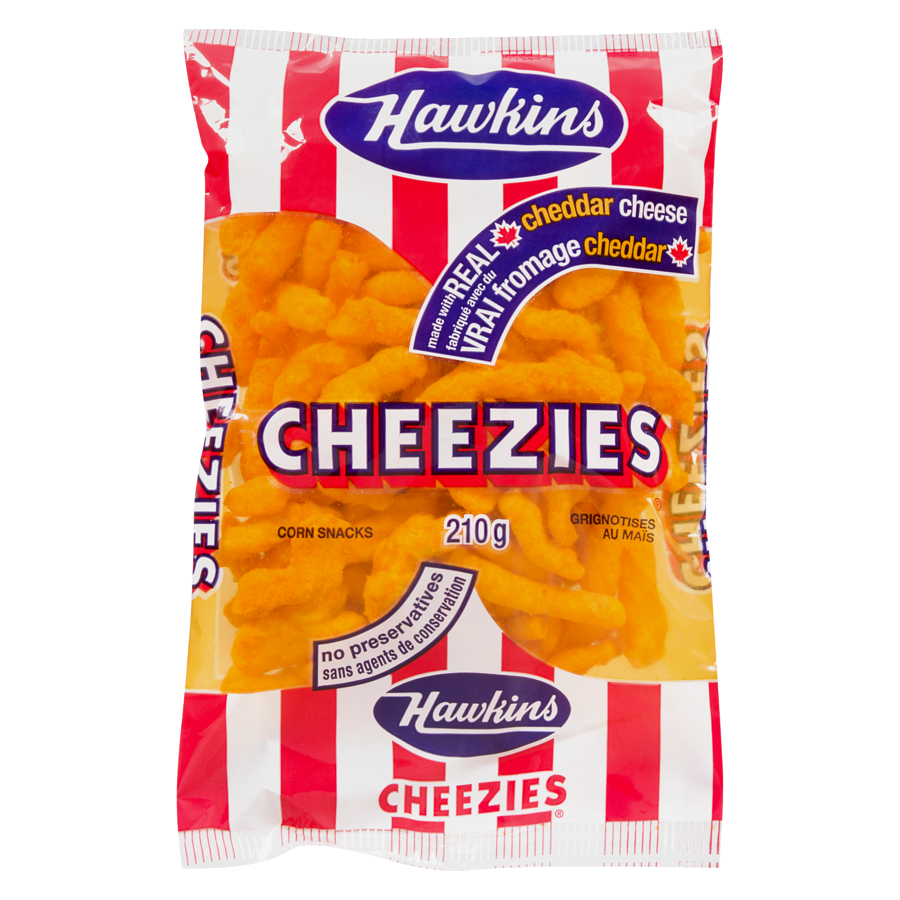
Hawkins Cheezies – the only choice for Canadians
These are just five iconic Canadian brands that happen to be our favourites. Here are 10 picks for Canada’s greatest brands by Global News.

